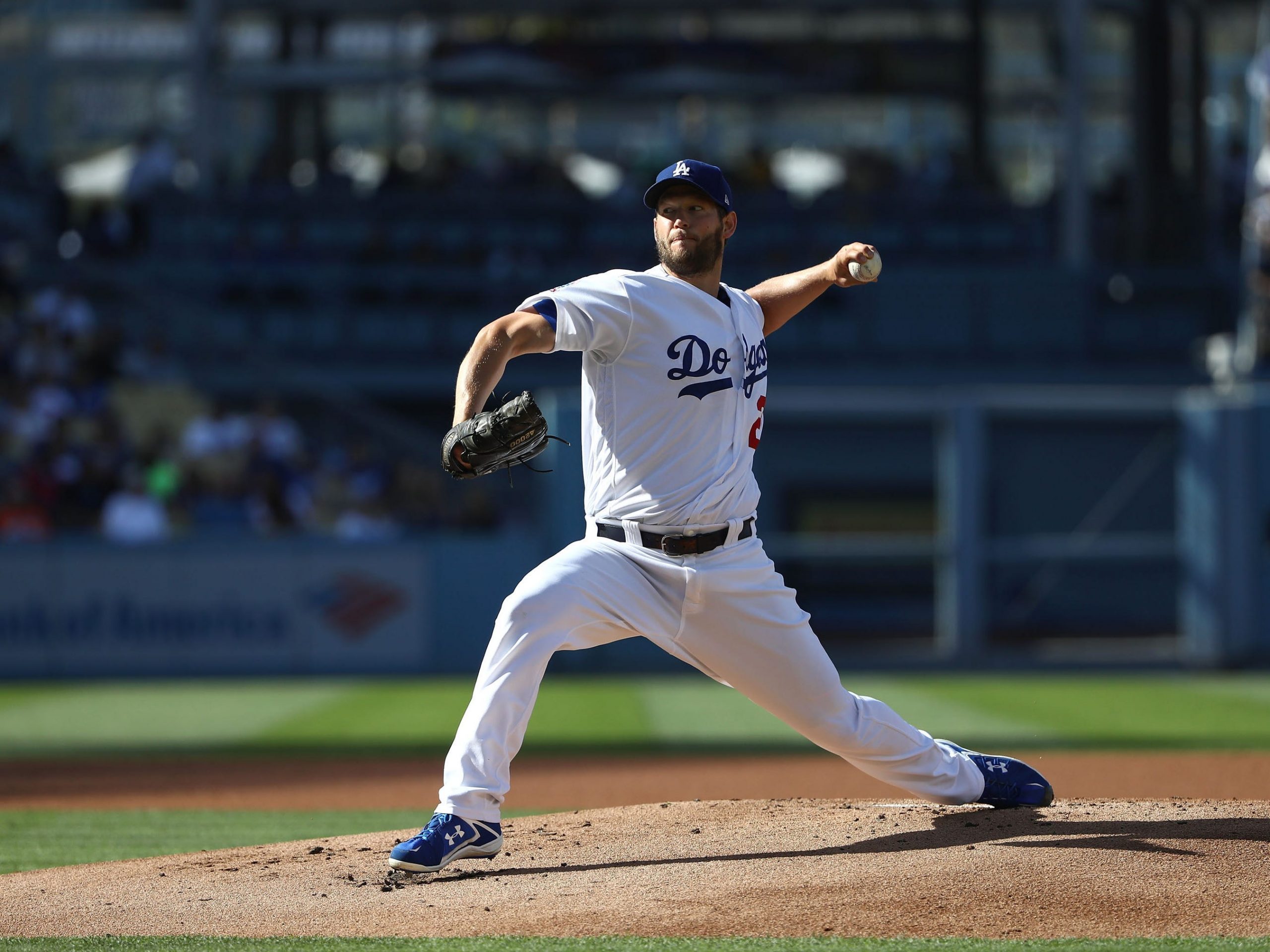
- MLB is experimenting with moving the mound back in one of its independent partnered leagues.
- The change could reduce strikeouts and home runs, which many argue are too prevalent in today's game.
- It could also force pitchers to re-learn how to throw breaking balls.
- Visit Insider's homepage for more stories.
MLB has partnered with the independent Atlantic League to test a new rule change that could cause fewer strikeouts and home runs.
Starting Aug. 3, the pitching rubber in Atlantic League play will be moved back 12 inches, from 60-feet, 6-inches to 61-feet, 6-inches, according to a release by MLB on Wednesday. MLB determined that the additional foot would be the "minimum interval needed to evaluate a change in mound distance," according to a press release from MLB consultant Theo Epstein.
"We expect to learn a great deal about the impacts of such a change and whether an adjustment to this critical field dimension is worth potential future consideration at other levels of professional baseball," Epstein wrote.
The change will impact strikeouts and home runs
MLB's objective with this change is to cut down on the surging strikeout and home run numbers and inject more contact hitting and basepath action into the game, which fans have complained has been lacking in recent years.
Pitches will now be slower by the time they arrive at the plate, which should cut down on strikeouts, which have gradually increased each of the last 15 full seasons.
Strikeouts set a record for the 12th consecutive year in 2019, the most recent complete season, at 42,823, up 33% from 2007. Total strikeouts even exceeded total hits in each of the past three seasons, which had never occurred before.
Batters could also take a hit from the change, especially power hitters. Pitches arriving to the plate at slower velocity would mean less exit velocity on hits, which would limit the average distance a ball can travel when hit into the air. This would likely mean a reduction in home runs, which have also increased at historic rates in recent seasons.
The record for home runs in a season was broken in 2017 with 6,105, and again in 2019 with a staggering 6,776. That same year, 24 teams hit more than 200 home runs, and baseball had never seen more than 22 teams reach that mark in a season in its history.
"[MLB leaders] reached the conclusion that the things that drew us to the game in the first place are being eclipsed by absolute outcomes, and, frankly, people find it boring," an MLB official said according to The Washington Post. "We kept coming back to the fact that we can try to change four or five things, and we're going to, to try to nudge the game in the right direction and get more contact back. But we'd probably be negligent if we didn't at least try the one solution that, while we were calling it radical, might in and of itself be the solution."
Moving the mound will force pitchers to re-learn their art
Pitchers could also be forced to make adjustments to their pitching technique and even abandon certain pitches early on in the change before they're able to adapt.
Breaking pitches, which are designed to break at or before the point of the plate, could have to be re-learned by pitchers under the new rule. While MLB stated that earlier experiments did not show a reduction in strikes, it is hard to imagine pitchers won't be forced to adjust the amount of break on their pitches.
MLB could be testing another major change
The Atlantic League will also be experimenting with a "double hook" rule that will cause a team to lose its designated hitter when their starting pitcher comes out of the game. When a manager goes to the bullpen, the new pitcher must bat or be substituted out of the game.
This experiment's objective is to test a compromise to the controversial discrepancy between the American League using the designated hitter and the National League forcing their pitchers to hit. It would also incentivize teams to leave their starting pitcher in longer and incorporate more late-game lineup strategy by American League managers.